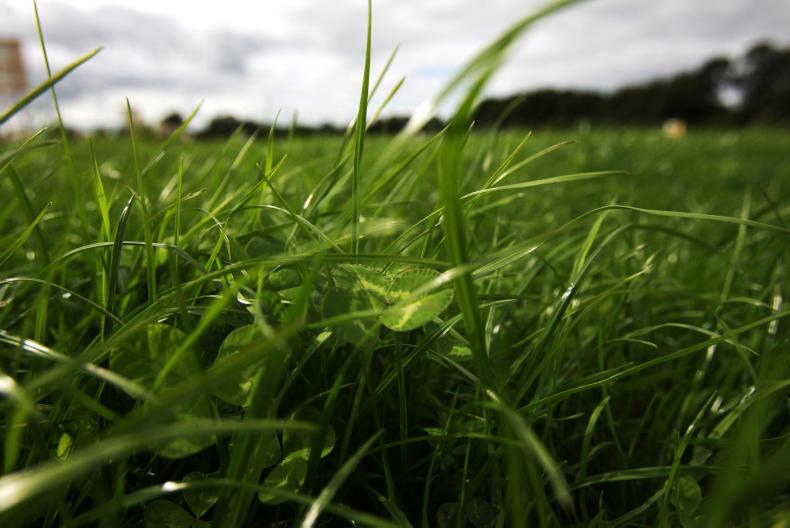Yes, some farmers on dry limestone land will sow grass seeds in late September/early October that often prove successful, but this will only work on very dry soils where you have good growth following reseeding.
The weather forecast suggests weather will OK for spraying until the end of Tuesday, so take advantage of that if thinking of pulling out a paddock. Ideally, you would like to get a grazing this autumn and if possible a spray for weeds before closing for the autumn.
The priority at this time of the year must be for land/soils that are heavy in nature and might be more difficult to manage next spring.
Consider waiting until next spring
For many farmers, late spring next year might be more appropriate for reseeding as the farm starts to warm up and grow surplus grass. The turnaround from sowing to grazing can then be shorter. Also, if clover is planned to be part of the mix, then spring reseeding will suit you better as research shows you’ll get a better take of clover in the Spring with temperatures that bit warmer.
The advice is to spread two tonnes of lime per acre at reseeding. A lot of farmers will spread two tonne of lime per acre at this time of the year anyway. Research shows between two and three tonnes per acre is enough at any one application on grazing land. Many farmers will identify one third of the farm now that has a low cover of grass and get lime out.
Irrespective of soil fertility, results show the best advice is to go with three bags of 10:10:20 at reseeding. This provides adequate phosphorus and potassium for the growing plant as young roots are established.
Roll the seed in if at all possible unless it is very wet. If you miss the rolling opportunity at sowing, then leave the plant to establish for four to six weeks and then roll.
Read more
Watch: 25% grass yield boost from reseeding
Yes, some farmers on dry limestone land will sow grass seeds in late September/early October that often prove successful, but this will only work on very dry soils where you have good growth following reseeding.
The weather forecast suggests weather will OK for spraying until the end of Tuesday, so take advantage of that if thinking of pulling out a paddock. Ideally, you would like to get a grazing this autumn and if possible a spray for weeds before closing for the autumn.
The priority at this time of the year must be for land/soils that are heavy in nature and might be more difficult to manage next spring.
Consider waiting until next spring
For many farmers, late spring next year might be more appropriate for reseeding as the farm starts to warm up and grow surplus grass. The turnaround from sowing to grazing can then be shorter. Also, if clover is planned to be part of the mix, then spring reseeding will suit you better as research shows you’ll get a better take of clover in the Spring with temperatures that bit warmer.
The advice is to spread two tonnes of lime per acre at reseeding. A lot of farmers will spread two tonne of lime per acre at this time of the year anyway. Research shows between two and three tonnes per acre is enough at any one application on grazing land. Many farmers will identify one third of the farm now that has a low cover of grass and get lime out.
Irrespective of soil fertility, results show the best advice is to go with three bags of 10:10:20 at reseeding. This provides adequate phosphorus and potassium for the growing plant as young roots are established.
Roll the seed in if at all possible unless it is very wet. If you miss the rolling opportunity at sowing, then leave the plant to establish for four to six weeks and then roll.
Read more
Watch: 25% grass yield boost from reseeding






 This is a subscriber-only article
This is a subscriber-only article










SHARING OPTIONS: